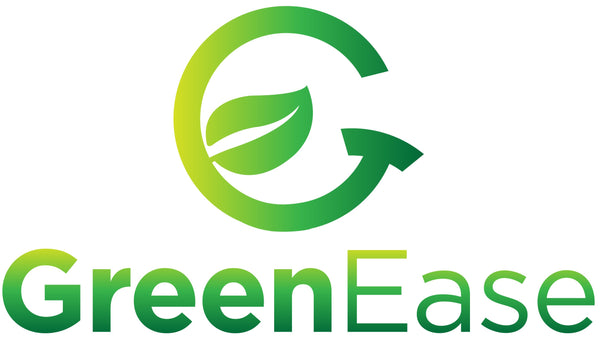
NFT vs DWC: A Farmers Thoughts
Share
Which Hydroponic System is Best for Lettuce and Herbs?
There are multiple systems that can be used to grow produce in a commercial greenhouse. Two popular hydroponic systems in small, medium, and large greenhouses are NFT (nutrient film technique) and DWC (deep water culture). In this post, we'll compare the pros and cons of these systems when growing lettuce and herbs such as basil, arugula, chives, dill, mint, oregano, sage, thyme, and rosemary.
NFT (Nutrient Film Technique)

Pros
- Easier to Harvest the Crop: NFT channels are at a working height, making it easier to harvest your crops without bending over or kneeling down. With DWC the products usually are carried to another location to be packaged or processed.
- Crop Flexibility: With NFT, you can grow a wider variety of crops, including those that do better with less water. A fantastic example of this is my friend who owns a commercial greenhouse in Idaho. After he had been in business a while he wanted to convert some space from lettuce to herbs. He was able to make a small change-over with almost zero effort. This would have been much more difficult with a DWC system.
Cons
- Awkward Channels: The channels used in NFT systems can be very long and awkward to handle, if you have a mid-sized greenhouse, it can add a significant amount of burden on the people. There are some greenhouses that have trolleys or conveyors to handle the channels.
- More Infrastructure: Setting up an NFT system requires more infrastructure than DWC, which means it can take longer to install and there are more things that could go wrong.
- Clogging: The water distribution system is more complex and less reliable. Occasionally a screen or tube can get plugged.
- Harder to Clean: Keeping the area under the system clean can be a challenge.
DWC (Deep Water Culture)

Pros
- Better Lettuce and Basil: DWC systems are known for producing better lettuce and basil crops than NFT systems. This is due to the root system being submerged in water all the time. I’m of the current opinion that bibb lettuce will always do better in a DWC system. A few notes on bibb lettuce. Rex seems to be the variety of choice for DWC growers. Rex bibb doesn’t seem to “head up” in NFT. It wants to make too loose of a head. The Frank variety sometimes does better in NFT.
- Easy to Handle Rafts: DWC systems use styrofoam rafts to hold the plants, which are lightweight and easy to handle. This makes harvesting lettuce in a DWC system faster and easier overall. (My opinion)
Cons
- Limited Herb Variety: Some herb varieties can't be grown in DWC due to overwatering. At Greybull Valley Produce, we have a hybrid system (NFT and DWC). We had to put in the NFT when we realized that sage, thyme, rosemary, oregano and dill did not grow well in a pond system. Also for best results we germinate under misters which seems to work optimally with NFT.
- Heavy Rafts: In the South, plastic rafts are needed for best results, and these rafts can be heavy and expensive.
- Oxygenation: Oxygen needs to be injected into the water. This can be a pain point with DWC. There are many air injection systems to choose from, both cheap and expensive. I know growers using everything from air blowing into a soaker hose to those that have nano bubblers that cost over $20k.
When a person is first considering building a commercial hydroponic system, cost is usually at top of mind. To be honest, there’s not a lot of difference between the two. DWC is usually cheaper to set up, but rafts break, and when that is taken into consideration there isn’t much difference.
In conclusion, both NFT and DWC have their advantages and disadvantages in a commercial greenhouse. If you're looking for a hydroponic system that offers more crop flexibility, NFT might be a better choice. However, if you want to grow lettuce and basil more efficiently and cost-effectively, DWC might be the way to go. Nearly everyone in the industry says that a hybrid system (some of both) is the best choice. Ultimately, the choice depends on your specific needs and preferences.
